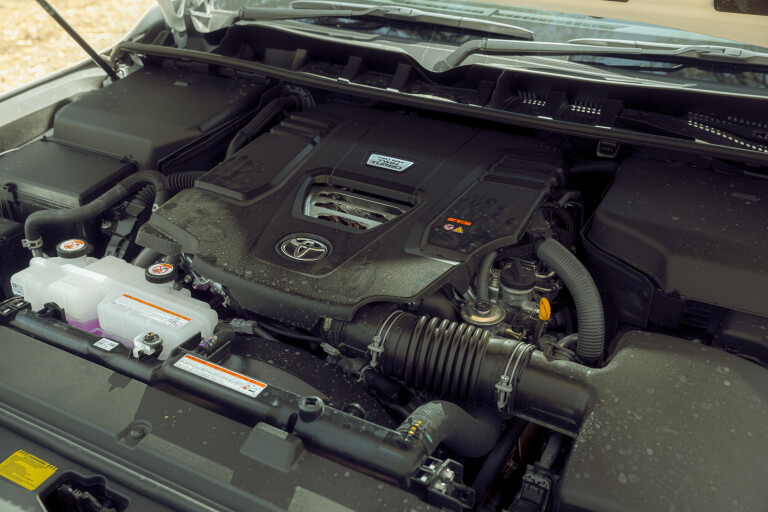
Ever wondered why common-rail diesel injection systems can deliver fuel to the engine’s combustion chamber not just in one squirt but in multiple squirts for any one combustion event? Didn’t know they did, perhaps?
Well there’s some super clever tech here that changes a short, sharp combustion event in to one that’s more subtle but longer and more muscular.
By combustion event I’m referring to the chemical combination of air and fuel in an engine’s combustion chambers, which is the space left above the piston in any given cylinder when the piston is at or near the top of its stroke.
This chemical combination is effectively an explosion as the potential energy of the fuel is violently released as heat as the fuel ‘burns’. In a diesel the fuel is ignited by the heat generated by compressing the intake air rather than via an electric spark, as is the case with a petrol engine, as you know.
A common-rail’s multiple injection technology is in fact one of two key reasons why today’s diesel engines offer such energetic, refined and frugal performance to the point where the best of them are outright rockets, and that’s not just the V8s! The other reason is the enormous recent advances in turbo technology, including the use of multiple turbos.

Multiple injections of fuel lengthen the combustion event so that peak cylinder pressures are maintained for a longer period, therefore increasing the effective down-stroke force on the piston. And if you can increase the force that produces more torque at the crankshaft and therefore more power, providing everything else is equal.
Old-school diesels dumped all the fuel in one go and then combined with a very high compression ratio – the measure of how much the intake air is mechanically squeezed down in to the combustion chamber – produced a short duration but violent explosion. You can make reasonable power this way but there’s a lot of noise, or so-called diesel rattle, and a harsh and unrefined feel to the engine. That may be acceptable in a truck but not what you want in a passenger vehicle, 4x4s included.
With multiple injections the combustion event is initiated with a small amount of fuel, but then continued with subsequent injections for as long as is dictated by the throttle input and engine load. Wide-open throttle on full engine load produces the most injections, while small throttle openings and light engine loads mean just a single squirt of fuel.
The length of time you can extend the combustion event is of course limited. As the piston starts on its power stroke, the combustion chamber’s volume quickly increases, so injecting more fuel in to continue the combustion event brings diminishing returns in terms of effective cylinder pressure.

The benefit of using multiple injections is such that modern diesels can get away with much lower compression ratios, down from around 22:1 of a diesel of 25 years back to more like 15:1 in a modern diesel. This ‘softer’ compression ratio helps in making a much quieter and more refined engine.
Effective cylinder pressure is generally quoted as a Brake Mean Effective Pressure (BMEP), which is a figure calculated from how much torque the engine produces as measured on a brake dynamometer.
If you have high effective cylinder pressures, you don’t need high engine speeds to produce good power, as witnessed by the fact that modern diesels don’t rev any higher (and in some cases lower) to produce so much more power than old-tech diesels.
The BMEP of an engine is effectively a measure of its state of tune, or in other words how ‘tuned up’ it is. It is not, however, a measure of how much torque or power it produces, which depends on the additional factors of engine capacity and engine speed.
So how are these multiple injections carried out in such a timely and effective manner? You can put that down to fast-switching piezo-crystal injectors and the extremely high fuel pressures of modern common-rail systems.

COMMENTS